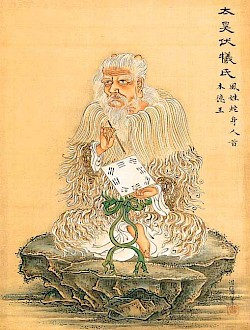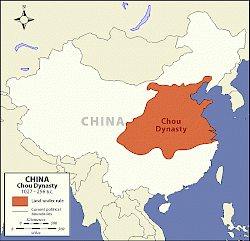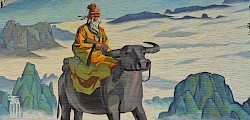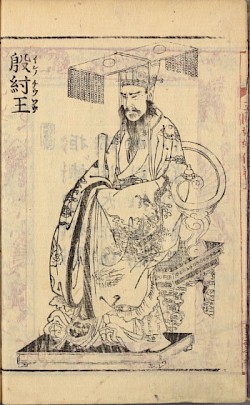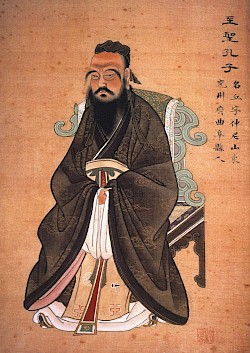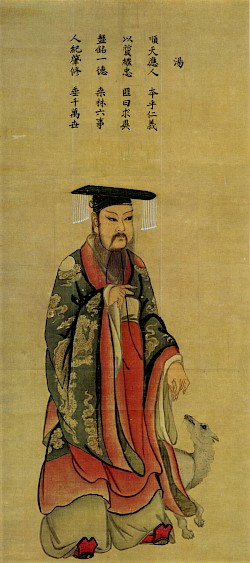History
The I Ching, Yijing or I King is a Chinese book whose first texts are supposed to be written around 1200 BC.
It is a divinatory book and also a moral book, at the same time that its structure and symbolism is a philosophical and cosmogonic book.
Before the first comments of the I Ching were written during the Zhou Dynasty, more than 3000 years ago, it was a frequent practice in the court and in the enlightened class to consult the future by yarrow stalks, also called Achillea. There were previously images assigned to the result of the query.
Three are the recognized sources of the current versions of the book:
- The text of the mythical Fu-Xi (at least 2400 BC);
- Those of King Wen and his son the Duke of Zhou (circa 1100 BC)
- Those of Confucius and his disciples (500 BC)
Apart from the many legends that exist around the origin of the I Ching, the only reliable data, place it around the eleventh century BC., when King Wen, developed a system of ideas based on 64 hexagrams, which he called I, which is translated by lizard and also by easy, and which symbolizes the speed and ease in the change.
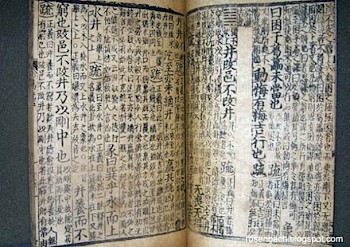
After the death of King Wen, his son the Duke of Zhou continued the development of the system of ideas developed by his father, and introduced the concept of the relationship between opposites and "action and reaction", defining the 6 lines of each of the hexagrams.
Therefore, it is not until the VIII century BC. when finally Chou Í o The Chou changes, book consisting of 64 hexagrams and their corresponding lines.
From this moment, the Chou I begins to be more and more known and its use extends so much with divinatory, as ethical and philosophical aims.
During the III and II centuries BC., some members of the schools of Confucius, wrote a series of texts, treaties or appendices known as The Ten Wings, and containing contributions on the interpretation of the hexagrams of King Wen, the lines of the Duke of Chou, of symbology and images, of the concept of change, of the triagrams, of the sequence of the hexagrams and their association by pairs.
Finally, by uniting the Chou Í or 'the Chou changes' together with the texts or treatises that form The Ten Wings, is when the I Ching (or 'book of changes') arises as we know it today.

